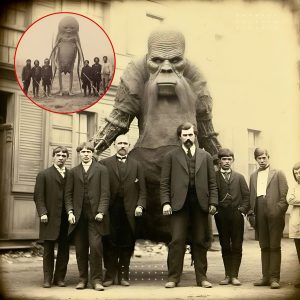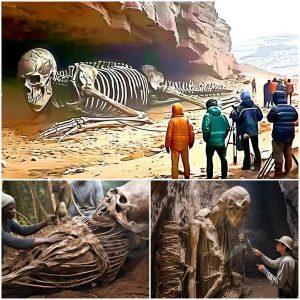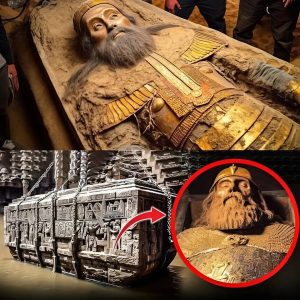In the year 79 AD, life in the Roman Empire’s coastal town of Herculaneum was abruptly and tragically frozen in time. The town’s inhabitants, going about their daily lives, had little warning of the disaster that would soon befall them. As Mount Vesuvius erupted with unimaginable force, Herculaneum, like its more famous neighbor Pompeii, was buried beneath a suffocating blanket of volcanic ash and pumice. But while Pompeii has captured much of the world’s attention, Herculaneum holds its own haunting story—a tale of a town whose people sought refuge, only to be forever entombed within the structures of its harbor.
A Town of Wealth and Leisure
Herculaneum was no ordinary Roman town. Nestled along the coast of the Bay of Naples, it was a place of wealth and leisure, a seaside retreat for the Roman elite. The town was adorned with luxurious villas, grand public baths, and intricate mosaics, all speaking to the affluence of its inhabitants. Unlike Pompeii, Herculaneum was smaller and more exclusive, known for its elegant architecture and sophisticated culture.
As the summer of 79 AD progressed, the people of Herculaneum would have enjoyed the warm Mediterranean climate, perhaps unaware of the ominous signs from Mount Vesuvius. For many, it was just another day in paradise—a day that would tragically be their last.
The Eruption Begins
The eruption of Mount Vesuvius on August 24, 79 AD, was a catastrophic event of unimaginable magnitude. The volcano had been dormant for centuries, and when it finally exploded, it did so with a fury that caught everyone by surprise. While the initial stages of the eruption sent a towering plume of ash and pumice into the sky, it was the subsequent pyroclastic surges—hot, fast-moving clouds of gas and volcanic material—that would seal the fate of Herculaneum.
Unlike Pompeii, which was buried under layers of ash falling from the sky, Herculaneum was struck by these pyroclastic flows. These superheated clouds, reaching temperatures of up to 1,000 degrees Fahrenheit, swept down the slopes of Vesuvius at terrifying speeds, engulfing everything in their path. The intense heat carbonized wooden structures and instantly vaporized those caught in the open, leaving behind a ghostly, charred landscape.

The Harbor of Death
As the disaster unfolded, many of Herculaneum’s inhabitants sought refuge within the town’s harbor structures, believing they might escape the worst of the eruption. The stone boathouses along the waterfront became a last-ditch sanctuary for hundreds of desperate souls. But the safety they sought was illusory.
When the pyroclastic surges finally reached the harbor, they brought with them an unstoppable wave of death. The intense heat and toxic gases quickly filled the boathouses, suffocating and incinerating those inside. The inhabitants of Herculaneum, huddled together in their final moments, were killed instantly, their bodies preserved in a gruesome snapshot of their last desperate attempt to survive.
Archaeologists have since uncovered the remains of these victims, frozen in their final poses, a haunting reminder of the terror that must have gripped them in those last moments. Unlike the plaster casts of Pompeii, which were created by pouring liquid plaster into voids left by decomposed bodies, the skeletons at Herculaneum were preserved by the volcanic material itself, offering a more direct and chilling glimpse into the human toll of the eruption.
A Legacy Unearthed
For centuries, Herculaneum lay forgotten beneath layers of volcanic debris, its tragic story buried with it. It wasn’t until the 18th century that the town was rediscovered, and since then, it has offered historians and archaeologists a wealth of information about life in ancient Rome.





